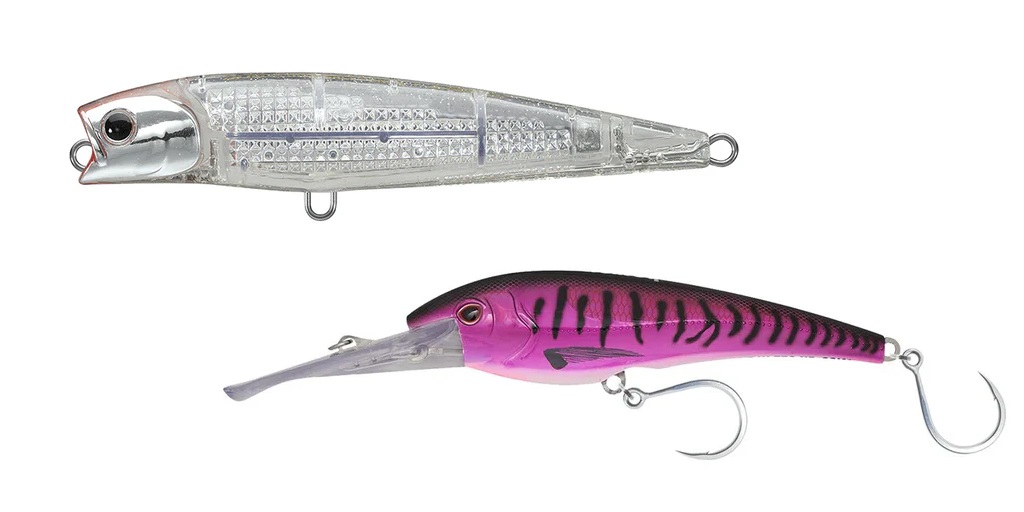In freshwater, there is a saying, “wood is good.” For freshwater anglers, what this means is that structure holds fish.
Now, in saltwater, we don’t have that much wood, but we do have a lot of structure. And structure holds fish just as effectively in saltwater as it does in freshwater.
If you can find the structure, you will find the fish, almost without exception. With that said, here are 5 types of saltwater structure to target, whether you are fishing jigs or bait.
Reefs and Rocks
Reefs and rocks are among the best saltwater structure of all for jigging, plugging, and fishing cut bait.
Rocks and reefs, whether in deep or shallow water, will hold schools of bait and the predators that feed on them. They also provide structure for shellfish, molluscs and other forage.
Fish such as fluke, halibut, and other flatfish, tautog, black sea bass, wreckfish, grouper, snapper, sharks, and other species will gravitate towards this type of structure like a magnet.
Don’t be afraid to get close. You might lose a few jigs and rigs, but you will catch fish.
Wrecks
Wrecks offer basically the same opportunity as rocks and reefs. However, many wrecks have whole interiors that offer ever more structure and shelter for fish, and many wrecks are made of steel, on which some microorganisms directly feed.
This makes wrecks unique ecosystems that support broad food chains, and there is no shortage of wrecks up and down both the east and west coasts. In many cases, ships and refuse are intentionally scuttled to provide habitat.
Target these just as you would rocks or a reef.
Shellfish Beds
Shellfish beds like oyster bars are like rocky reefs and support a wide variety of organisms as well as the predators that prey on them.
They also normally occur in relatively shallow water, which makes them accessible to vessels that can’t get far offshore.
Many different species of fish will flourish around oyster bars and other shellfish beds; target these just as you would the other structure mentioned here.
Drop Offs
Drop offs occur anywhere that flats or relatively shallow water gives way to deeper water. This could mean a drop off from a sand flat into a channel or it could be an area in the ocean where a relatively flat seafloor suddenly gets deeper.
Oftentimes, this boundary marks an area where predatory fish will congregate and lay in wait for prey to pass by. Drop offs can also represent a prime opportunity for enterprising anglers to target their intended species.
Piers and Bridges
Inshore, piers and bridges make up some of the best structure of all. Barnacles, shellfish and weeds will grow on bridge and pier pilings, and around them, baitfish will congregate.
Consequently, a wide variety of species, such as tautog, sea bass, drum, croaker, striped bass, and even some pelagics will gravitate towards pier and bridge pilings. At the bottom you will also often find flatfish. All of these and more can be targeted effectively in the area with metals, plugs and soft baits.
Get close to the bridge or pier, drop down, and work your rig. Don’t be surprised if you get thumped right in the shadow of a bridge or pier.
Jigs, Baits and More
Whatever jigs or baits you prefer, get what you need at Johnny Jigs. Though they specialize in slow pitch jigging, they also carry a variety of other metals, plugs, and even soft baits like NLBN lures. To explore their full collection visit their website and if you have any questions about what they sell get in touch with them directly.



